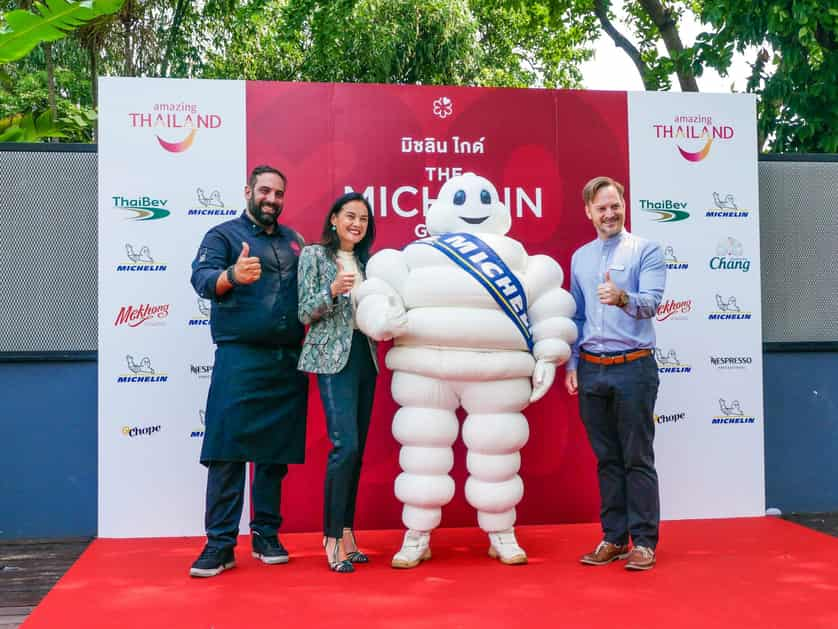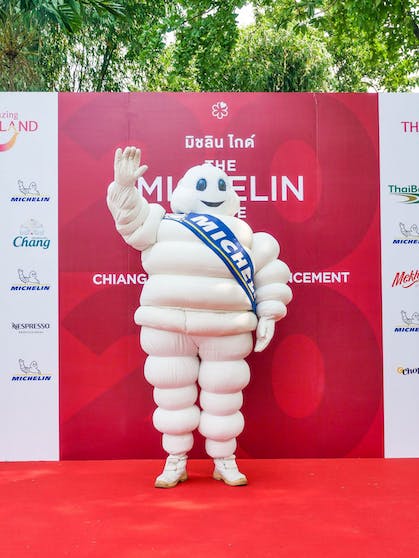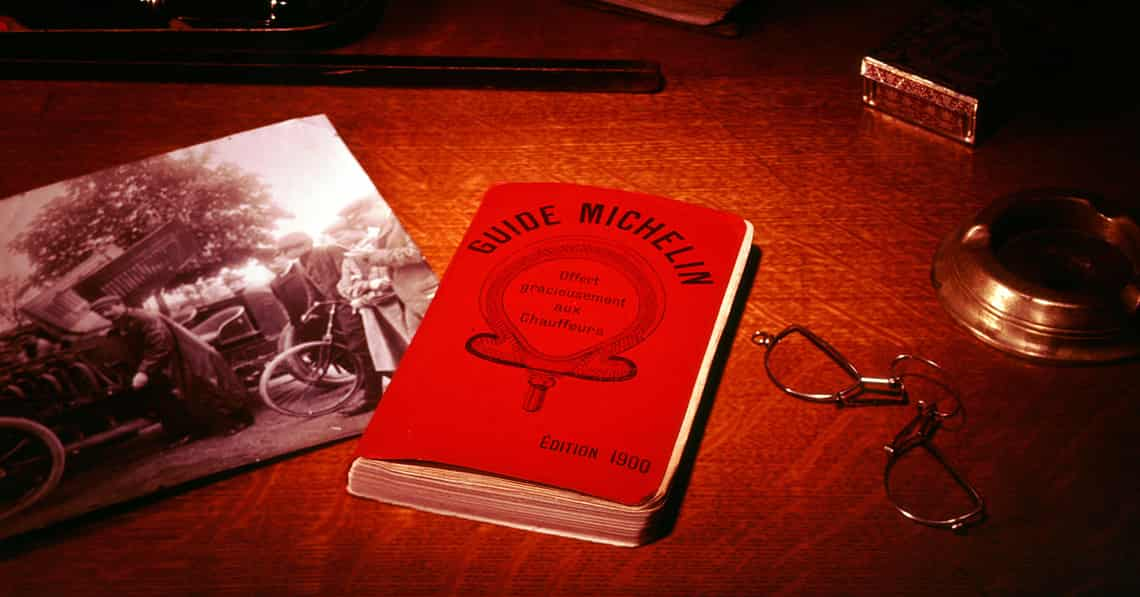อ่านบทความภาษาไทยคลิกที่นี่
For many of us, the word Michelin conjures up images of posh dining, precious and precocious chefs, prohibitively expensive meals, stingy portions and sheer exclusivity. However, contrary to some perceptions, Michelin is in fact quite approachable.
Starting from its humble beginnings over a century ago, when two French brothers came up with a novel way to peddle their tires to a country which only had 300 automobiles, Michelin Guide was born to recommend motorists to restaurants along the route, in hopes of encouraging them to use their vehicles.
It has since evolved to become THE standard to which world chefs aspire and restaurants covet.

While not many restaurants in Chiang Mai are confident enough to say that they expect to receive a star rating, there is hope. After all, Jay Fai in Bangkok, received a 1 star rating from Michelin for her crab omelettes.
Michelin also has a special category called Bib Gourmand to honour restaurants and street stalls which have impeccable standards of good food at low prices and there are many people who have their fingers crossed for their favourite food vendors.

